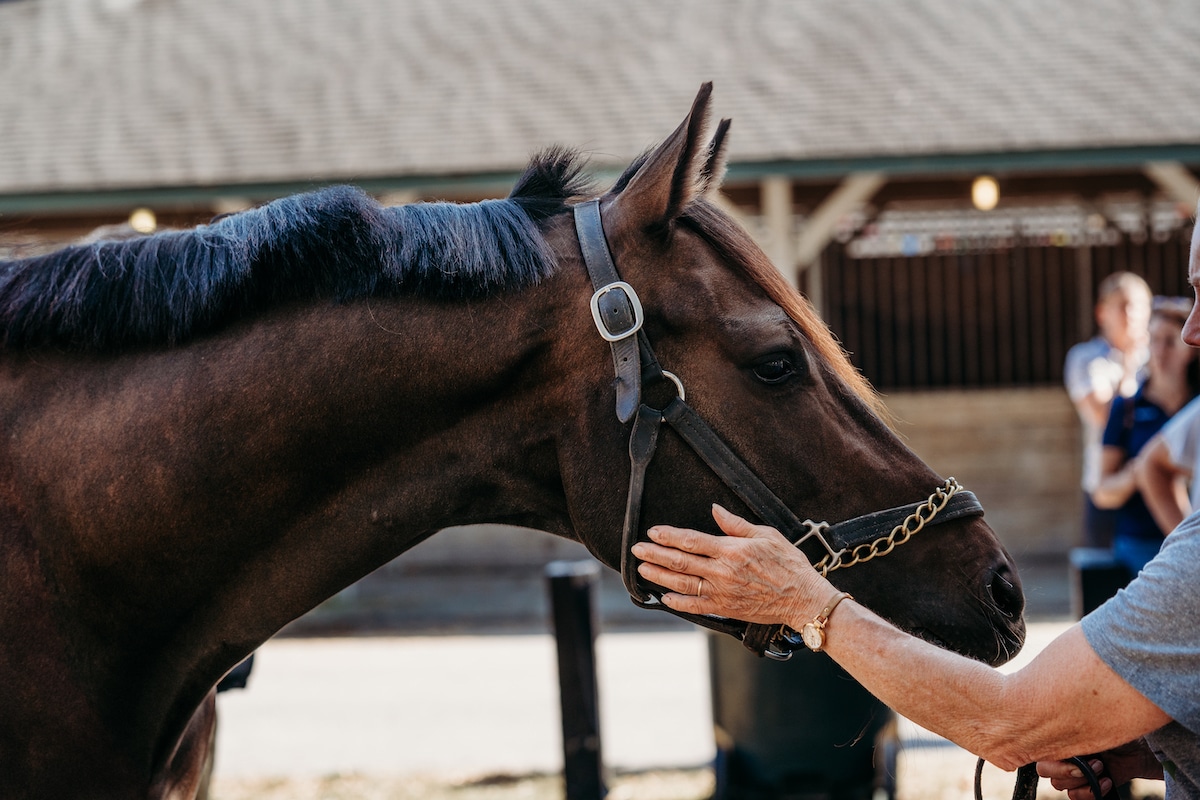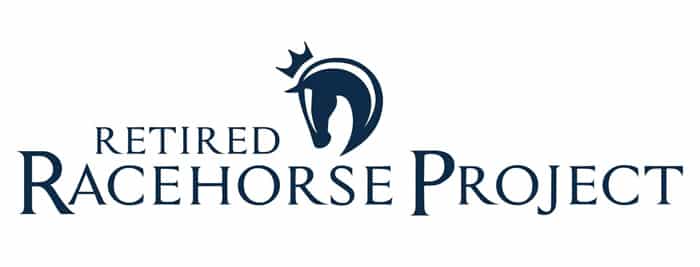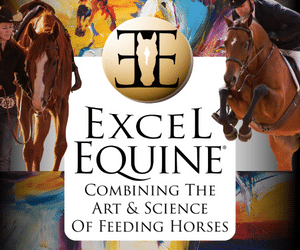
Captivation Photography
You’re proudly showing off your new off-track prospect to your barn bestie as he’s settling into his new stall at home. “Where did you rescue him from?” she asks eagerly.
How you respond to this (common) question depends on several factors involved with your horse purchasing or adoption process, but chances are, your horse was not a true rescue, and incorrectly calling him a rescue belies an entire industry dedicated to breeding, raising and producing him for the racetrack. Let’s examine this issue closer.
Defining Rescue
“Rescue” can be a surprisingly complicated term that, at least in the equine industry, encompasses several scenarios that involve an organization taking over ownership of a horse. Typically, rescue refers to horses who were either “pulled” or purchased from public auction in which they were in danger of being purchased for international shipment to slaughter, or animals seized by law enforcement in abuse or neglect cases. In both situations, horses may require minor to significant physical and mental rehabilitation of body condition, injury or lameness, and overall health.
Since 2015, about 1% of all Thoroughbred Makeover entrants were sourced from public auction and/or “kill pen” purchases. While Makeover data only includes the horses registered for the competition, it can be interpreted to represent industry-wide trends that are otherwise not measured.
Some organizations whose missions are equine rescue may also take owner surrenders, typically in situations in which the owners are no longer able to take care of their horses for various reasons.
What Isn’t Rescue
Purchasing a horse (whether money actually changes hands or the horse is being given away) from racing connections does not constitute rescue, but is considered a direct sale. Similarly, purchasing a horse from a reseller is considered a direct sale (although the reseller may have privately rescued the horse from public auction or an abuse/neglect situation).
Adopting a horse from a non-profit aftercare organization is also not considered rescue in the conventional definition of the word, especially if the horse was responsibly placed with that organization by its racing connections to facilitate its transition to a second career. This can be somewhat confusing to navigate, as some non-profit aftercare organizations have “rescue” in their name and may also directly rescue horses from public auction or abuse/neglect situations as outlined above. If you’re not sure, ask the organization how they would define the transaction! Chances are, they’ll be more than happy to help.
While individuals may have their own relationships with horse racing, it is not correct to blanket-statement any transfer of a horse from the racing industry to a second career a rescue, no matter how the individual perceives the industry or how much the individual may agree or disagree with the way the horse was managed or handled on the racetrack or how much work the individual may need to do to transition the horse to their specific lifestyle after racing. The majority of Thoroughbreds are transitioned to careers after racing through established channels, responsibly placed by their racing connections.


